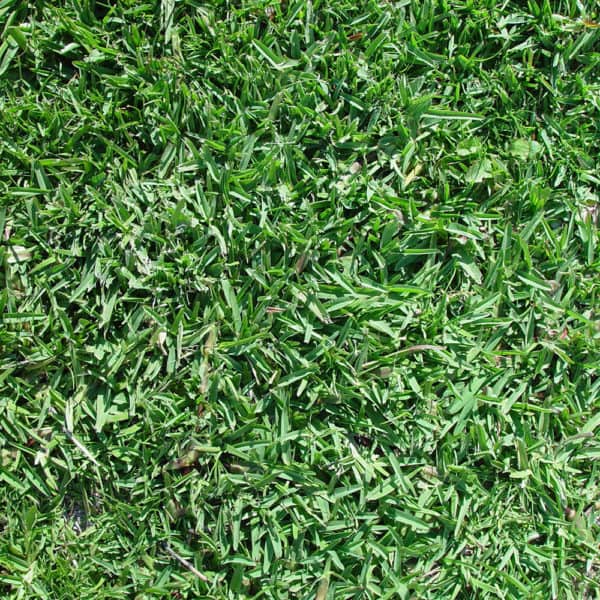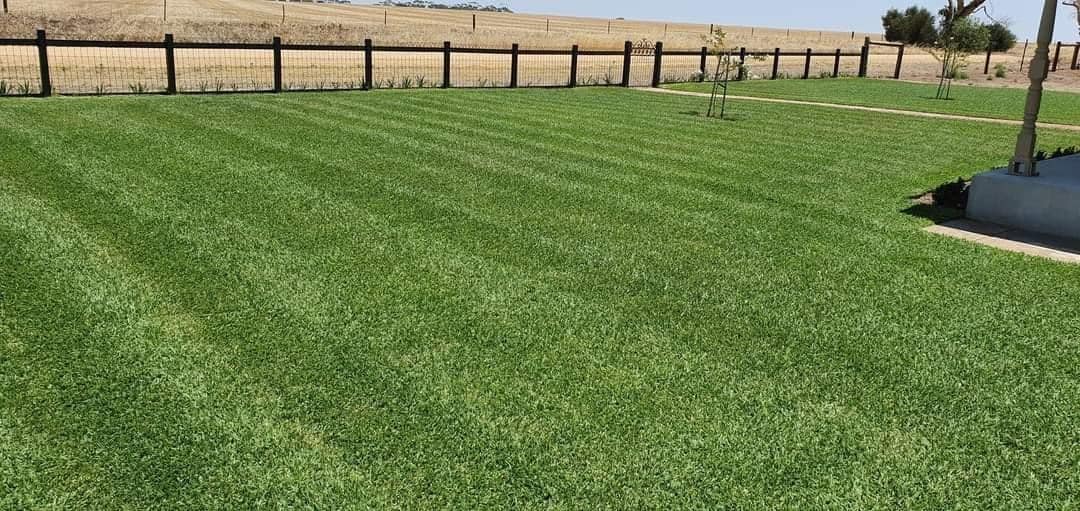
Buffalo Plans for Cooler Climates

Buffalo grass and varieties, (also known as St. Augustine’s outside of Australia) is a popular type of lawn that is widely used in various parts of the world. It is valued for its lush, dense growth, attractive appearance, and relatively low maintenance requirements compared to other grass varieties. Here are some key characteristics and information about buffalo turf:
- Origin and Types: Buffalo grasses belong to the genus Stenotaphrum and are native to various regions, including North and South America, Australia, and Africa. There are several species and cultivars of buffalo grass, each with its own specific characteristics and adaptations to different climates.
- Appearance: Buffalo grass is known for its broad, coarse-textured leaves that are often a deep green or blue-green colour. The blades are usually wider and softer than those of many other grass types, giving it a distinctive appearance.
- Drought Tolerance: One of the major advantages of buffalo grass is its excellent drought tolerance. It has a deep root system that allows it to access water stored in the soil, making it well-suited for areas with limited water availability.
- Shade Tolerance: Buffalo grass also has moderate shade tolerance compared to other warm-season grasses. While it prefers full sunlight, it can still grow reasonably well in partially shaded areas.
- Low Maintenance: Buffalo turf is generally considered low maintenance. It requires less frequent mowing compared to some other grass types due to its slower growth rate. However, when it does grow, it can sometimes develop a thatch layer that may require occasional dethatching.
- Soil Adaptability: Buffalo grass can adapt to a range of soil types, including clay and sandy soils. It also has good salt tolerance, making it suitable for coastal areas.
- Weed Resistance: Once established, buffalo grass can form a dense turf that helps resist weed invasion. However, it’s important to establish a healthy turf to maximise this benefit.
- Warm-Season Grass: Buffalo grass is a warm-season grass, meaning it thrives during the warmer months of the year and goes dormant or turns brown during colder winter months in many climates. This dormancy can be managed with proper lawn care practices.
- Sensitivity to Cold: While buffalo grass is well-suited for warm climates, it can be sensitive to frost and cold temperatures. Some varieties have improved cold tolerance, but in areas with prolonged and severe cold weather, other grass types might be more suitable.
- Establishment and Care: while some seed varieties are available the popular varieties are established from sod, plugs, or sprigs. Regular watering, proper fertilisation keeping application rates lower, and aeration can help maintain a healthy buffalo grass lawn.
- Popular Varieties: Some popular varieties of buffalo grass include Palmetto, Sir Walter, Matilda, Kings Pride and Sapphire. These varieties have been developed to offer specific advantages in terms of growth, appearance, and maintenance.
Overall, Buffalo turf are a common choice for homeowners looking for a low-maintenance, drought-tolerant grass option with a unique appearance. However, it’s essential to consider the traffic during dormancy, specific climate and soil conditions of your area before choosing any type of grass for your lawn.
